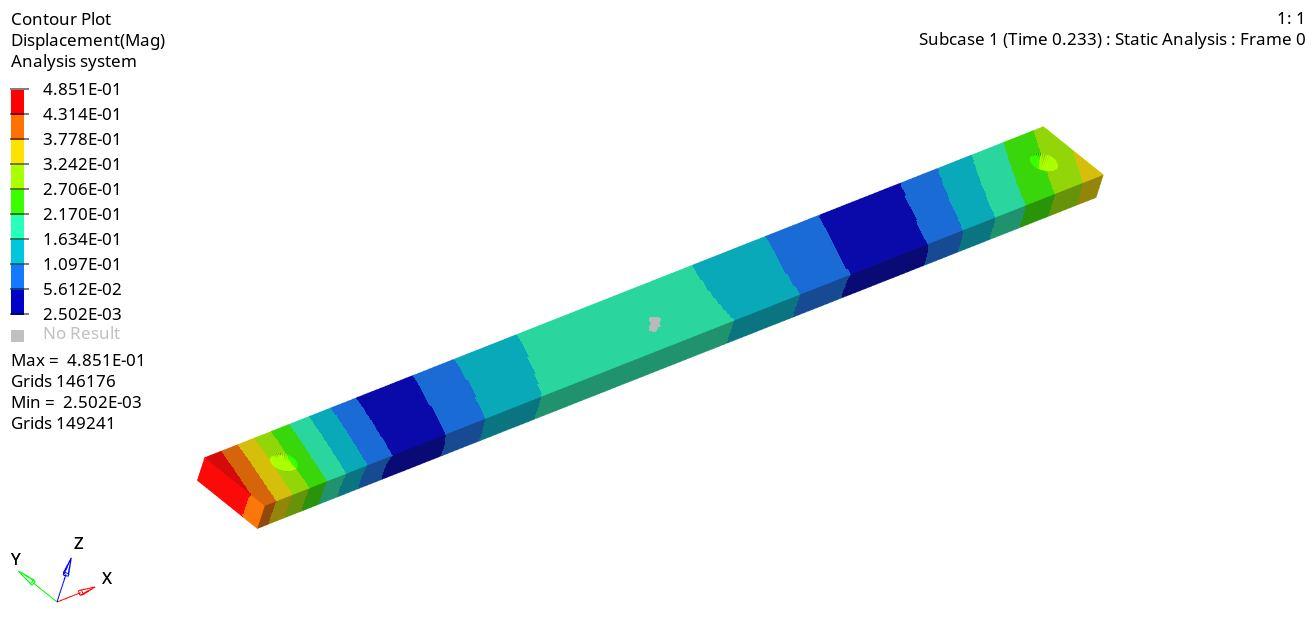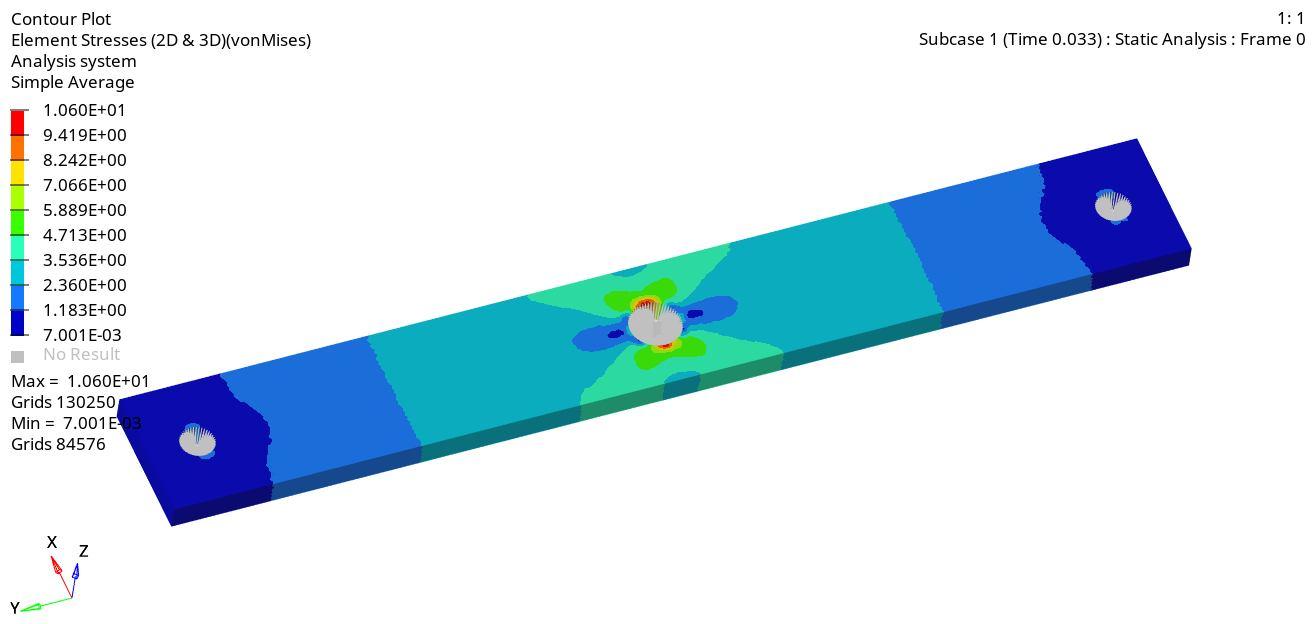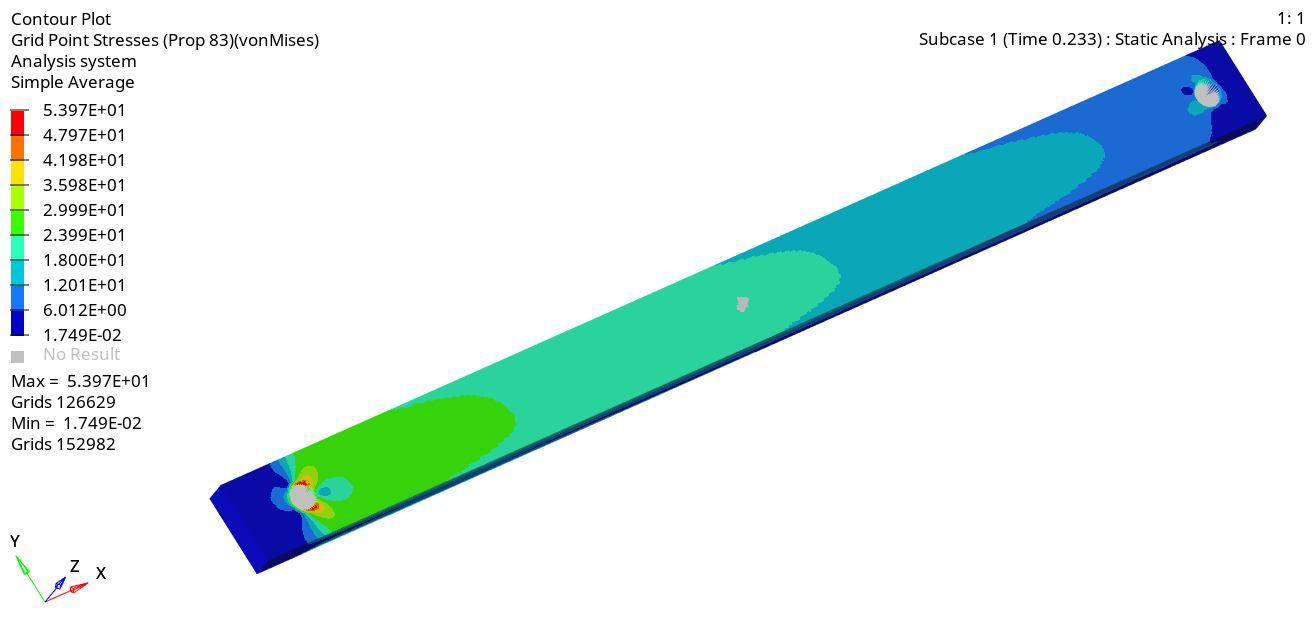
ISSN: 2321-9653; IC Value: 45.98; SJ Impact Factor: 7.538
Volume 10 Issue XII Dec 2022- Available at www.ijraset.com


ISSN: 2321-9653; IC Value: 45.98; SJ Impact Factor: 7.538
Volume 10 Issue XII Dec 2022- Available at www.ijraset.com
Prof. Dr. Rajesh Chaudhari1, Indrajeet Sadamate2, Prathamesh Yadav3, Karan Banthia4, Shital Dukale5 Bansilal Ramnath Agarwal Charitable Trust’s, Vishwakarma Institute of Technology, Pune (An Autonomous Institute Affiliated to Savitribai Phule Pune University)

Abstract: This paper describes our first research experience in designing and simulation of a mechanical model or a mechanical system to steer vehicles. As the vehicles is getting more and more autonomous. In this project we created a system or an assembly, The Linear Steering mechanism is designed to steer cars without steering wheels, The project is inspired by Merceries AVTAR vehicle model and aims to develop similar mechanism with concept’s learned by us so far. The project can be divided in 3 major parts, First studying basic steering mechanism, second designing, drawing and making CAD model, And lastly Analysis of Model. The designing was done in AutoCAD and Fussion360. We even performed Multibody Dynamics (MBD) in Inspire to determine and analyse forces on system and further performed Finite Element Analysis to determine Factor of safety.
Keywords: Multibody Dynamics, Inspire, Finite Element Analysis, AutoCAD
This document is a final report for our project. Our project guide, Prof. Dr. Rajesh Chaudhari directed our effort in this project for simulation modelling of our model and eventually designing. The drawing for the mechanism was prepared first and then Analysis was performed. The design can be described as, a centre bar which will be attached to chassis or will be part of chassis with 3 holes of dimeter 40mm at ends and dimeter 30mm hole at centre, dimensions of rod are (1400mmX100mmx20mm) for further reference we will name this part as Bar1. Then we have included another bar (Bar2) with again 3 holes mounted over Bar1 at angle of 90° in same plane with dimensions as (600mmX80mmX15mm) 2 holes are at end with dimension 20mm and third of dimeter 30mm at centre concentrically aligned over Bar1 hole.
We have 2 similar bars (Bar3) which are attached to both corner holes of Bar2 with 2 holes at corners of dimeter 20mm each, dimensions of Bar3 are (850mmX60mmX20mm). Forth part designed by us is the plate which will be further attached to tie rod and then further assembly the dimension of plate is (750mmX300mmX20mm) with 2 holes to attach with end holes of Bar1 and Bar3 of dimeter 40mm and dimeter 20mm respectively.To calculate forces and check for durability of mechanism designed we have used Multi-Body Dynamics (MBD), to apply force we have used two actuators to achieve steering motion, the actuators are attached at corners of Bar2 as concerned with position.
The entire project was performed on software’s such as AutoCAD, Fusion360 etc. whose student version is freely available to students for designing and performing analysis of their designed models.
We have studied transmission mechanism of conventional steering mechanism which uses rack and pinion assembly to steer the vehicle and after understanding the mechanism we started designing, discussed upon various points and iterating upon various drawings we developed our current mechanism to steer vehicle without steering wheel.
After finalizing of project and deciding aim there was need to develop pathway or steps and plan project accordingly for timely completion. After planning was done, we started working on drawing and simultaneously started studying materials and their mechanical properties such as stress, strain, hardness, toughness, yield etc. Then we studied commonly used materials in automobile industry and knew that Steel is most used in this field and after that we decided to use AISI (304) as material for our model.
ISSN: 2321-9653; IC Value: 45.98; SJ Impact Factor: 7.538 Volume 10 Issue XII Dec 2022- Available at www.ijraset.com

The chemical composition of material are Iron 66.7%-71.2%, Chromium 17.5-19.5%, Nickle8-10.5%, Manganese 2%, Silicon 1%, Nitrogen 0.11%, Carbon 0.07%, Phosphorus 0.05% and Sulphur 0.03%. Mechanical Properties of AISI 304 are Density 8g/cm3, Young’s Modulus 193GPa, Hardness 215HB, Tensile strength 500Mpa, Yield Strength 190Mpa, Melting point 1450°C and Electric resistivity 0.73 X 10^6Ω.m. These are the para meters based on which we decided material for our model along with it also considered cost which vary between 150-400 Rs per Kg. While finalizing the material for model.
Aim of project to design working model of Linear steering was achieved successfully, this was done by following well planned flow of work and properly organised steps which are generally followed during designing process. Along with it we even performed Multi Body Dynamics (MBD) in our model and determined all forces acting on it. After achieving forces, we performed FEA linear static analysis on every part and results were as follow.



1) Bar2
2) Bar3
Fig.1.Maximum Displacement of Bar2 was 3.656mm and Minimum displacement is 0.0978mm
Fig.2.Maximum Stress observed in Bar2 is 10.06Mpa and Minimum Stress is 0.0978Mpa
Fig.3.Maximum Displacement of Bar3 was 4.85mm and Minimum displacement is 0.00250mm.

ISSN: 2321-9653; IC Value: 45.98; SJ Impact Factor: 7.538 Volume 10 Issue XII Dec 2022- Available at www.ijraset.com
Fig.4.Maximum Stress observed in Bar3 is 53.97Mpa and Minimum Stress is 0.01746Mpa.
Fig.5.Maximum Displacement of plate is 1.593mm and Minimum displacement is 0.0106mm


Fig.6.Maximum Stress observed in plate is 35.02Mpa and Minimum Stress is 1.931E-04 mm.

Fig.7. Linear Steering Model


As we result obtained from above analysis it is concluded that the stress value is under acceptance limit and stress distribution is obtained as expected.
Factor 7.894
ISSN: 2321-9653; IC Value: 45.98; SJ Impact Factor: 7.538 Volume 10 Issue XII Dec 2022- Available at www.ijraset.com

After further more research and prototype testing such system or mechanical assembly can be used in future vehicles. With implementation of such technology vehicles can become more autonomous, entire driving experience will be revised as there will be no steering wheel on dashboard the user experience of driving vehicle will be transformed and there will be a different dashboard design.This design can also be considered to indulge to develop vehicle without steering wheel and steer vehicle with joystick or any new technology.
This type of mechanism can help in development of new vehicle design, it can bring revolution in steering system of vehicles. While preparing this project we learned many concepts and designing processes and CAD software’s. It was great learning experience and we would like to thank our guide who helped us and directed us to complete project under 3D – Printing subject.
We want to thank our faculty Prof. Dr Rajesh Chaudhari sir for his guidance and support throughout this project.
[1] https://www.autodesk.in/products/autocad [2] https://www.autodesk.in/fusion360
